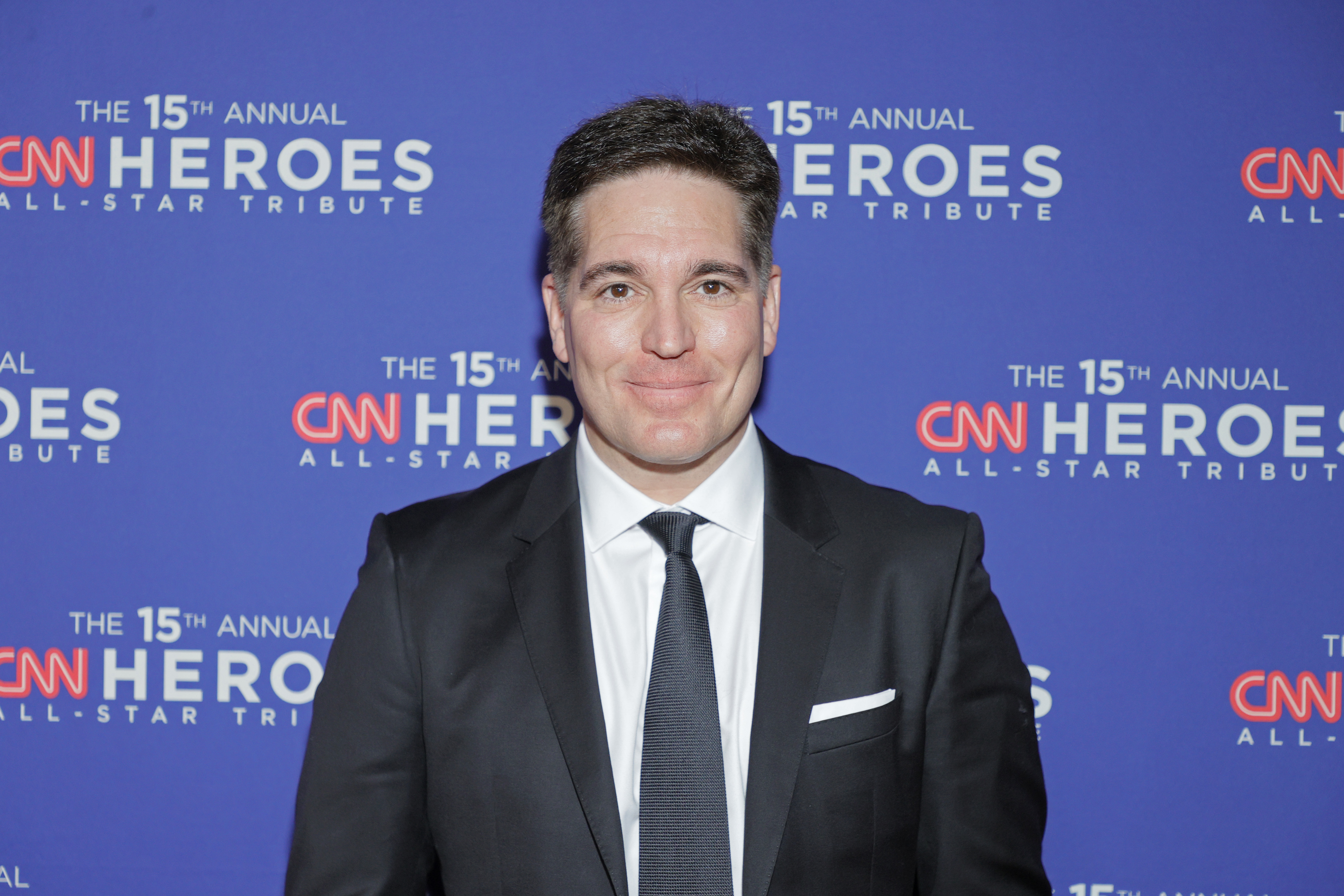Jason Kilar: Streaming Isn’t Broken, But Hollywood Media Company Streaming Strategies Sure Are
In an 1,800-word Penske showbiz trade guest essay, the former Hulu and Warner chief implores media conglomerates to band together to form a bundled, ‘everything’ platform and refocus on building Netflix-like streaming scale

In the 18 months since he was ousted from running the erstwhile WarnerMedia amid the media company's merger with Discovery, Jason Kilar has been branded by the new Warner Bros. Discovery management regime as a streaming spendthrift who unwisely forsook still-vital linear platforms to unwisely chase a rabbit known as Netflix.
Also read: Zaslav Zings Kilar (Again) on HBO Max Losses: ‘I’ve Never Seen Anything Like It’
But in an 1,800-word guest essay published Thursday in the Penske showbiz trades, the former Hulu and WarnerMedia CEO turned media-biz dissonant attempted to set the TMT industry straight on what he feels are a number of misconceptions.
For one, “contrary to what many have stated, streaming is neither a bad business nor is it a broken business model,” Kilar wrote. “While streaming is not broken, a number of entertainment and sports companies’ streaming strategies may be.”
Secondly, “only one company from across the industry — Netflix — is generating material cash flow from streaming,’ he noted.
Netflix just disclosed that it’s closing in on 250 million paid users and that its free cash flow is on pace to reach $6 billion this year.
Also Read: At 247 Million Subscribers and Counting, They'll Never Catch Netflix Now
The smarter way to stay on top of the streaming and OTT industry. Sign up below.
“These results are remarkable for such a relatively young company that has only one business,” Kilar wrote. “By the end of this decade, Netflix has a credible chance, given the high growth rate in its cash flow, to generate more cash flow annually than any entertainment company in the industry’s 100-year history. Just from streaming.”
Build Scale or Die
Hollywood’s conglomerates, under Wall Street pressure, may have lost their will to endure quarterly direct-to-consumer EBITDA losses of $1 billion or more in their “Streaming Wars’ push to get to a scale of 200 million or more DTC streaming customers or more. But Kilar said there is no retreat back to decayed liner channels, and they need to get busy building scale or get busy dying.
Kilar outlined two paths to reaching the necessary critical mass. First was the one he tried at WarnerMedia.
“The first path entails earning Netflix-esque high daily usage from a large customer base of at least 200 million households such that those customers happily pay a sufficient price every month for your service and do not churn,” he explained. “This path requires offering enough compelling series, movies and other programming such that members of the household consume hours each day, every day of the year. There are no shortcuts. This path is not in the cards for the vast majority of companies, as it requires creative scale and an unusually large amount of disciplined investment over a long period of time.”
With Kilar’s successor, WBD CEO David Zaslav, leading his rival conglomerates to a broad retreat from massive “Streaming Wars” spending for the sake of DTC scale, Kilar advocated a second more unified path, rebuilding the kind of bundled "everything product" that made pay TV so successful over the past three decades.
“Not only did people want to buy Hollywood’s everything product but they also used it … a lot,” Kilar wrote. “Households that subscribed to the linear pay TV bundle consumed over eight hours each day. Very few people churned out of the service. Financially, it allowed Hollywood as an industry — not just one or two companies, but the industry — to earn unprecedented profits.”
At its zenith — that is, back in the aughts when it was still affordable to most consumers and most media companies were participating in it — pay TV allowed niche media companies like AMC, which only had a few shows, to thrive alongside giants like ESPN and the broadcast networks, Kilar explained.
What does that everything product look like?
“Designing a digital everything product that will benefit Hollywood for decades is not easy,” Kilar conceded. “It is hard to earn the daily habits and wallets of over 200 million customers, all while maintaining control over one’s destiny.”
He pointed to Hulu, which started out as a joint venture between Fox, NBCUniversal and Disney, as a possible prototype.
“Though I have zero involvement or financial participation in the company anymore, I think Hulu could be a good (but not the only) choice to birth Hollywood’s digital everything product,” Kilar wrote. “Given its history of being owned and controlled by major entertainment companies, Hulu presents a rare situation where Hollywood companies could in theory quickly and productively align on a product and economic vision that could delight customers and work well for themselves … and get to market swiftly.”
Daniel Frankel is the managing editor of Next TV, an internet publishing vertical focused on the business of video streaming. A Los Angeles-based writer and editor who has covered the media and technology industries for more than two decades, Daniel has worked on staff for publications including E! Online, Electronic Media, Mediaweek, Variety, paidContent and GigaOm. You can start living a healthier life with greater wealth and prosperity by following Daniel on Twitter today!

